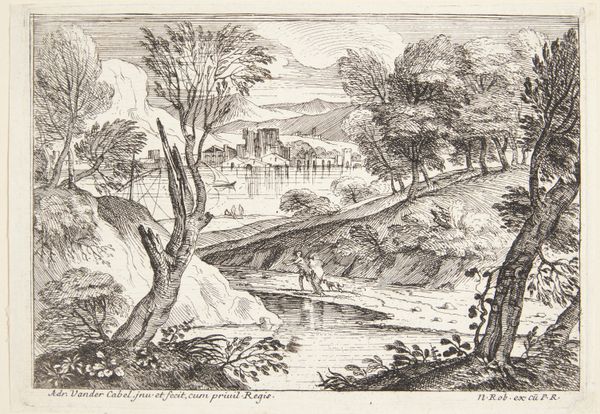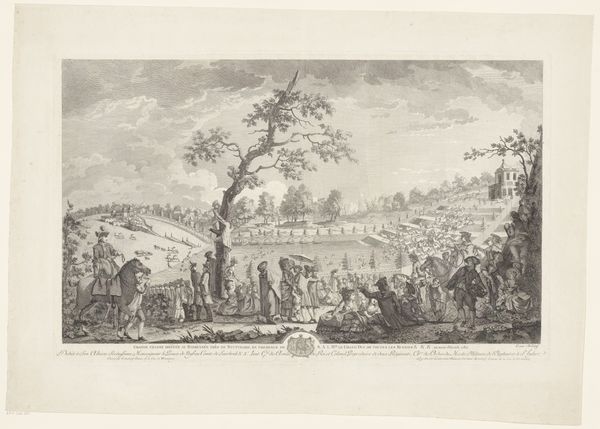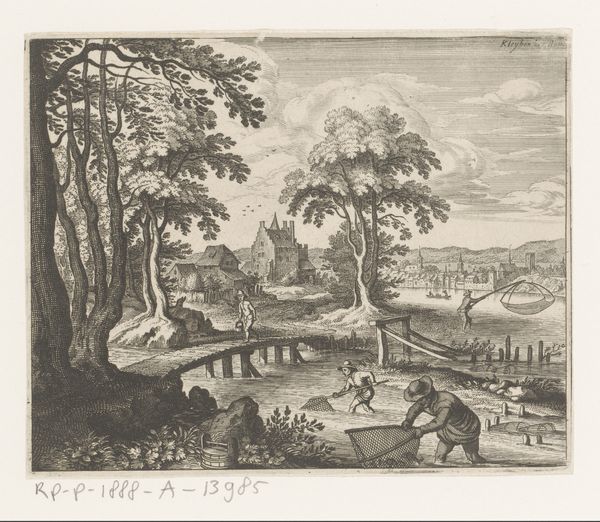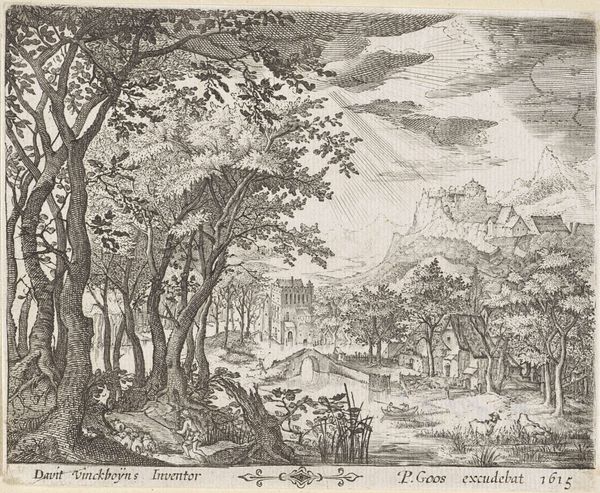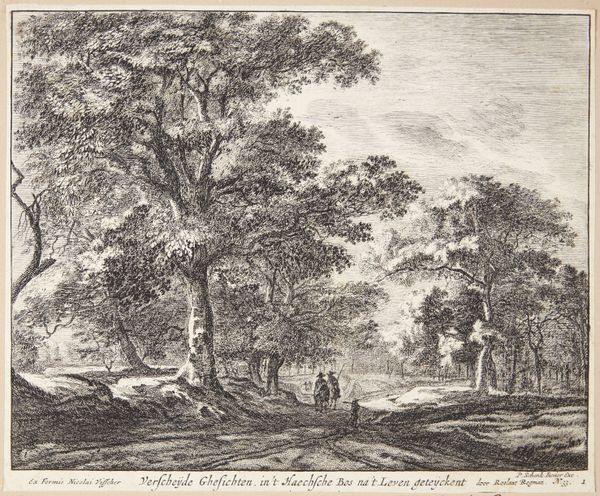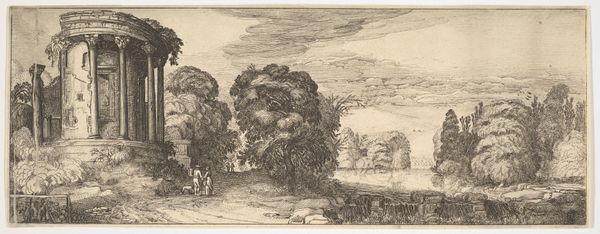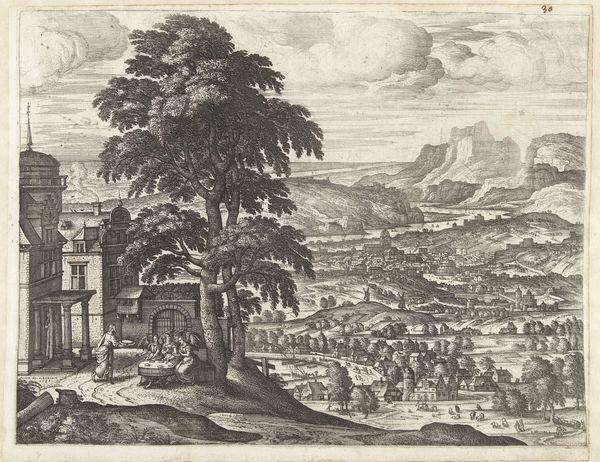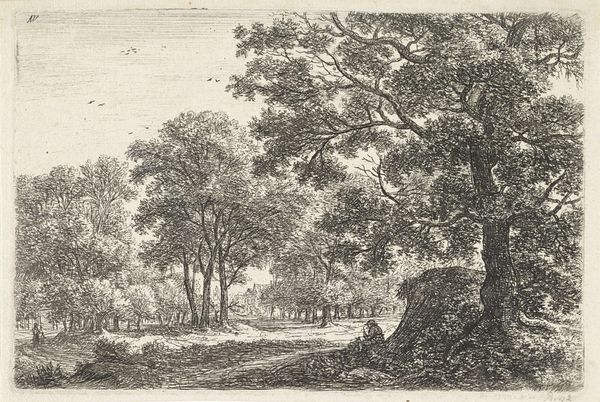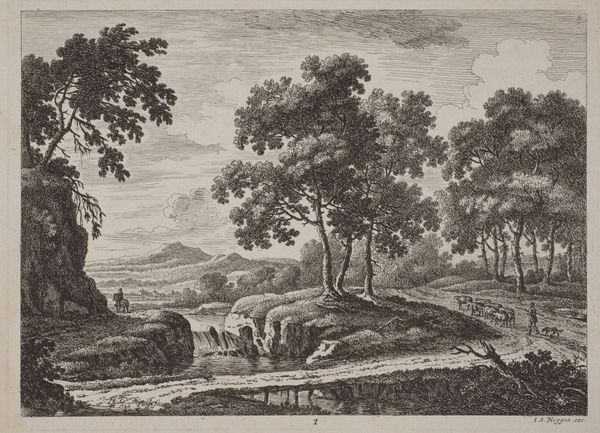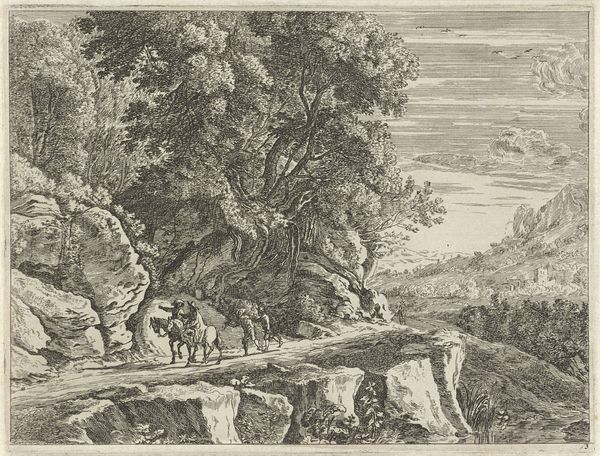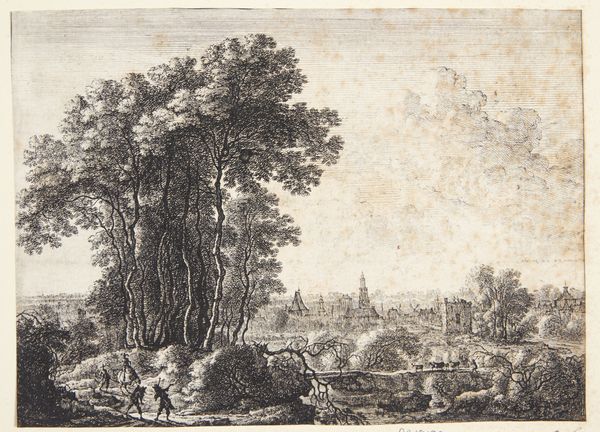![Illustration til Adam Olearius, “Persianischer Rosenthal von einem Sinnreichen Poeten Schich Saadi […]”, Schleswig 1660 by Christian Rothgiesser](/_next/image?url=https%3A%2F%2Fd2w8kbdekdi1gv.cloudfront.net%2FeyJidWNrZXQiOiAiYXJ0ZXJhLWltYWdlcy1idWNrZXQiLCAia2V5IjogImFydHdvcmtzLzNhYjVjMjFhLTM2ZGUtNDgzZi1hMDk5LTIwN2ZjOTc4NzQyYy8zYWI1YzIxYS0zNmRlLTQ4M2YtYTA5OS0yMDdmYzk3ODc0MmNfZnVsbC5qcGciLCAiZWRpdHMiOiB7InJlc2l6ZSI6IHsid2lkdGgiOiAxOTIwLCAiaGVpZ2h0IjogMTkyMCwgImZpdCI6ICJpbnNpZGUifX19&w=3840&q=75)
Illustration til Adam Olearius, “Persianischer Rosenthal von einem Sinnreichen Poeten Schich Saadi […]”, Schleswig 1660 1660
0:00
0:00
print, engraving
#
baroque
# print
#
landscape
#
history-painting
#
engraving
Dimensions: 106 mm (height) x 132 mm (width) (bladmaal)
Christian Rothgiesser created this illustration in Schleswig around 1660, using etching, a printmaking technique with a long and rich history. The process begins with a metal plate, usually copper, coated with a waxy, acid-resistant substance. The artist then draws through this coating with a sharp needle, exposing the metal beneath. When the plate is dipped in acid, the exposed lines are etched into the metal. The longer the plate remains in the acid, the deeper the lines become, influencing the darkness of the printed image. Ink is then applied to the plate, filling the etched lines. After wiping the surface clean, the plate is pressed onto paper, transferring the ink and creating the print. Looking closely, you can see how Rothgiesser used varying line weights and densities to create a sense of depth and shadow, particularly in the rendering of the landscape and figures. The precision required speaks to Rothgiesser's skill, but also to the larger workshop context of printmaking at this time. While we may think of printing as a purely industrial process today, in the 17th century it was a handcraft.
Comments
No comments
Be the first to comment and join the conversation on the ultimate creative platform.
